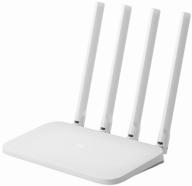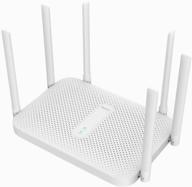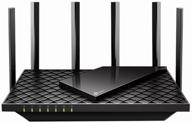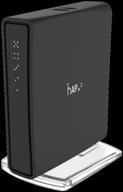
Review on 🚀 Powerful and Reliable: TRENDnet TEW-711BR Wireless N Home Router with Lightning-Fast 150 Mbps Speed by Adam Gray

Great router for basic home wireless networking
My previous router was a TRENDnet TEW-432BRP. It had to be restarted several times a week because sometimes my devices couldn't see the SSID of this router and therefore couldn't connect to it. The price was the decisive factor in choosing a new router. I chose the new TRENDnet TEW-711BR because my local cable ISP offers faster speeds. I've had generally good experiences with TRENDnet routers - they seem to work great for my basic use of a basic Wi-Fi network at home. The old router seemed to be giving out a maximum wireless connection speed of 15 Mbps. Being familiar with TRENDnet routers, I tried connecting to the earlier router's IP address of 192.168.1.1, but that didn't work. For this new model it is located at 192.168.10.1 by default. I was quickly able to use WPS to connect additional devices (printers, cameras, etc.) as easy as one-tap setup. The old router consumed 7.5V at 1.0A, which is 7.5W. The new TEW-711BR is 5.0V at 1.0A, which is 5W. A worthy improvement in energy saving. With this new router I was able to achieve around 38 Mbit/s and am quite satisfied with its performance. The signal strength is roughly the same as that of the TEW-432BRP because it has only one antenna. You may notice a decrease in speed as signal integrity decreases. On low signal strength, I still manage to get 15Mbps through two walls and about 30ft from the router.
- Excellent design
- Crumpled packaging
New products
Comments (0)
Top products in 📶 Wifi Routers
Another interesting products
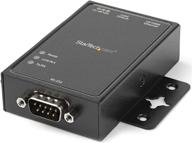
🌐 StarTech.com NETRS2321P: 1-Port RS232 to Ethernet IP Converter, Serial over IP Device Server - Black

5 Review
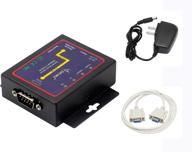
🔌 CERRXIAN RS232 to Ethernet Serial Device Server - TCP/IP Converter with 1Port DB9 RS232 Serial to Ethernet Connectivity

3 Review
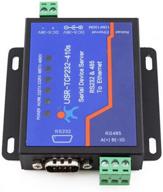
🔌 USR-TCP232-410s: RS232/RS485 Serial to Ethernet Adapter/IP Device Server with DHCP/DNS Support

4 Review
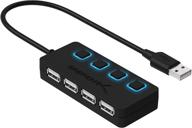
HB-UMLS Sabrent USB 2.0 Hub with 4 Ports and LED Power Switches for Each Port

12 Review


